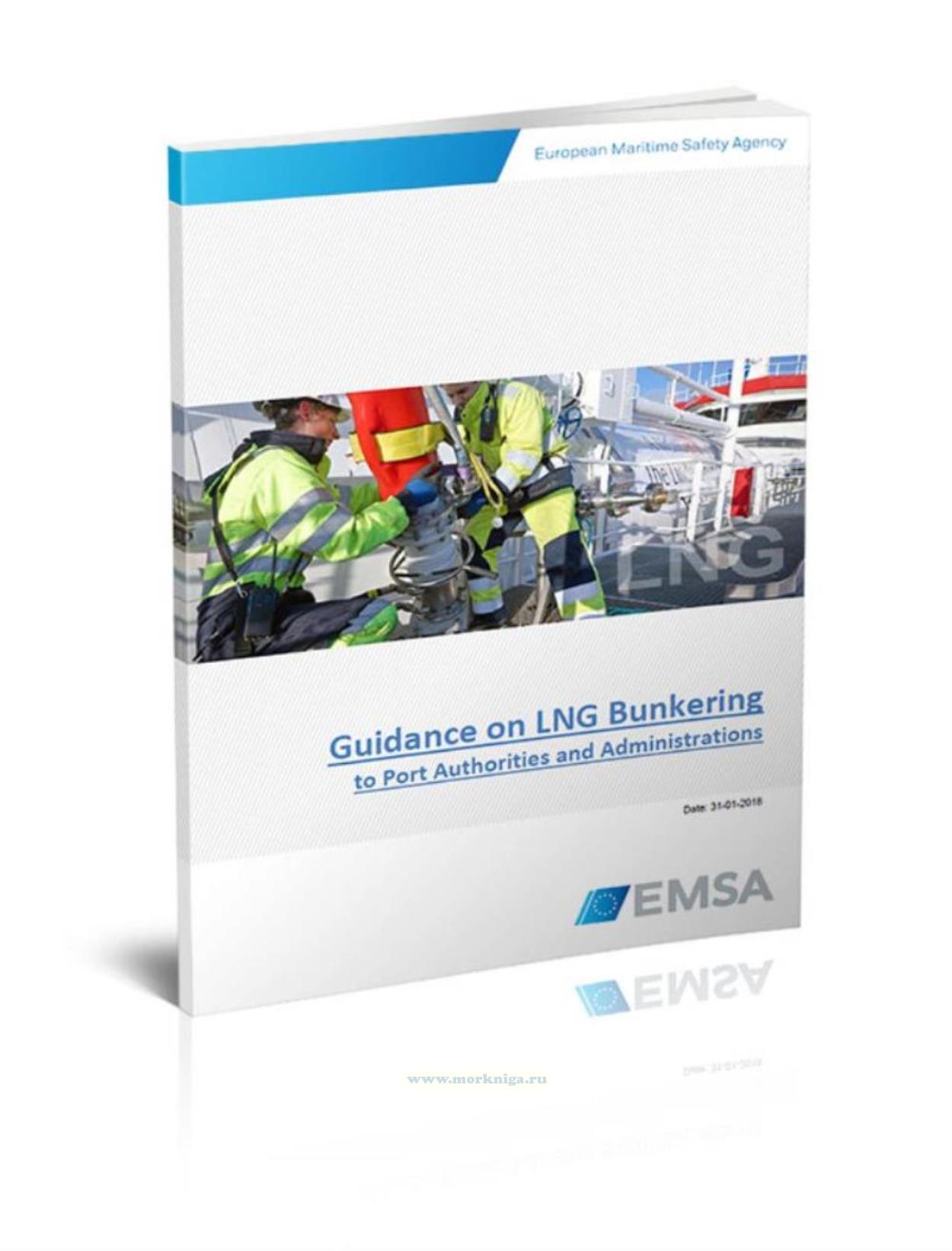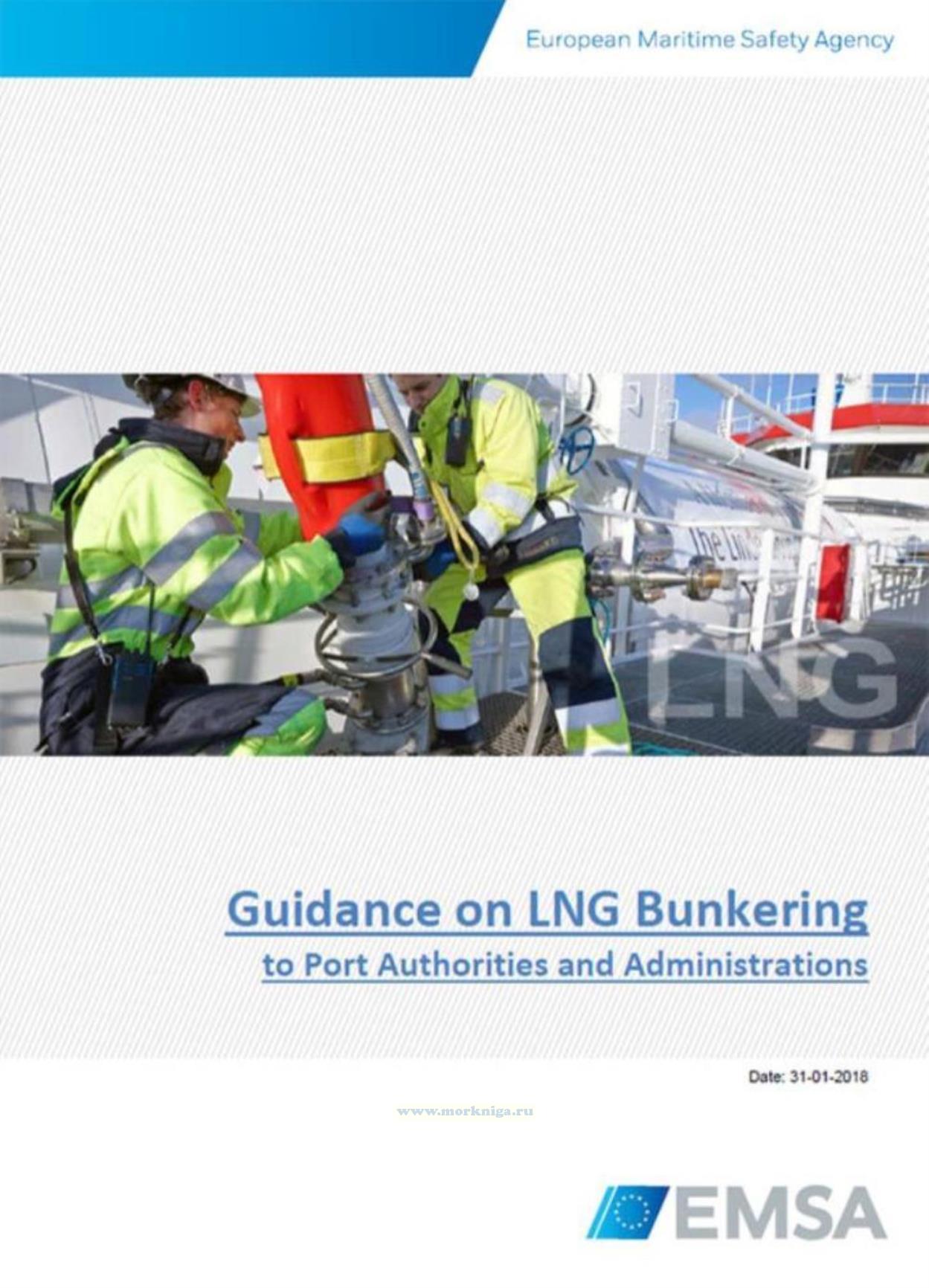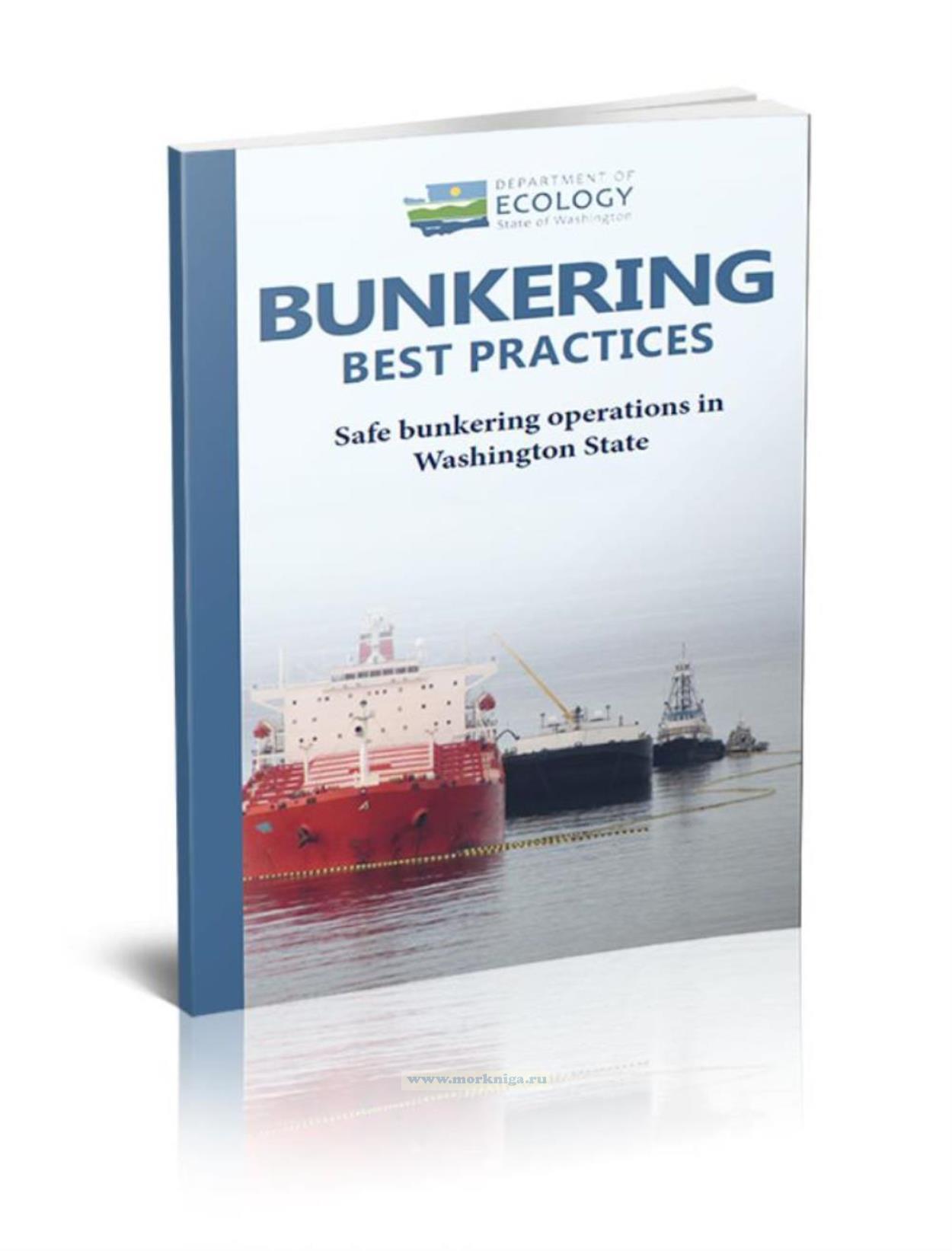Guidance on LNG Bunkering to Port Authorities and Administrations/Руководство по бункеровке сжиженного природного газа в управлении и администрации порта
Издание на английском языке
The procedures used to develop this document included consultation with different stakeholders, including port authorities, maritime administrations, terminal, gas suppliers and government representatives and with the LNG experts sub-group of the European Sustainable Shipping Forum (ESSF). Further to all consultations the work has been assisted by an online survey that allowed all participating ports and other stakeholders to contribute. The result is a document holding an ambivalent "informative" and "guidance" nature, aiming to provide Port Authorities/Administrations with the necessary advice and reference to guide their actions throughout the planning and operational stages of LNG bunkering.
Contents
Foreword
Introduction
LNG for shipping in a Nutshell
Background
Recent Standards & Guidance Development for LNG Bunkering
EU Context
Guidance Map
List of Abbreviations
Instructions Guidance
1. Scope, Applicability & Definitions
1.1 Scope
1.2 Applicability
1.3 Objectives
1.4 Terms & Definitions
2. LNG as Fuel
2.1 LNG as Fuel – General Aspects
2.2 LNG Characteristics
2.3 LNG Value Chain
2.4 LNG Bunkering
2.5 LNG Bunkering Modes
2.6 LNG Bunkering Equipment, Ships and Infrastructure
2.7 General Good Practice by Port Authorities & Administrations
3. Environment
3.1 LNG as a Cleaner Alternative Fuel for Shipping
3.2 Well-to-Wake GHG Emissions of LNG
3.3 Methane Release Mitigation
3.4 Good Environmental Practice for LNG Bunkering
4. Regulatory Framework
4.1 Regulatory Structure
4.2 High Level Instruments
4.3 Standards
4.4 Guidelines
4.5 Other References
4.6 Regulatory Frame Best Practice – Applicability in the Bunkering Interface
4.7 Summary of Applicable Instruments
5. Ports
5.1 LNG bunkering for Ports
5.2 LNG small scale and bunkering scenarios
5.3 Ports Good Governance for LNG Bunkering
5.4 Port Authorities and Port Administrations
5.5 Spatial Planning
5.6 The Role of Ports in the development of LNG bunkering facilities
5.7 Ports Good Practice approach for LNG bunkering
6. Feasibility
6.1 LNG Bunkering Project dimensions
6.2 Elements for Feasibility Analysis
6.3 Factors affecting LNG Bunkering feasibility in the Port Area
6.4 Analytical Tools
6.5 Good Practice in the evaluation and support to prospective projects
7. Permitting
7.1 Permitting Process
7.2 General Permitting Process Map
7.3 Elements for LNG Bunkering General Permit
7.4 Measures for Time-Effective Permitting
8. Risk & Safety
8.1 LNG Risk & Safety Principles
8.2 Risk Assessment in Land-Use Planning
8.3 Risk Assessment in LNG Bunkering
8.4 Risk criteria – framework and thresholds
8.5 Risk-based evaluation of Ports Feasibility for LNG Bunkering
8.6 Good Practice for Ports on Risk Assessment
9. Control Zones
9.1 Controlled Zones in LNG Bunkering
9.2 Hazardous Zone
9.3 Safety Zone
9.4 Security Zone
9.5 Meaningful Protection
9.6 Control Zones in LNG Fuelling
9.7 Good Practice in Control Zones
10. Process Map & Organization
10.1 Process Flow – LNG Bunkering
10.2 Responsibilities
10.3 LNG Bunker Management Plan (LNGBMP)
10.4 Check-Lists
11. Simultaneous Operations
11.1 References
11.2 SIMOPS Definition
11.3 SIMOPS and Control Zones
11.4 USCG Risk-Based Approach
11.5 Good Practice for SIMOPS
12. Bunkering Operation
12.1 LNG Bunkering Methods
12.2 Bunkering Procedure
12.3 LNG Bunkering Process
12.4 LNG Vapour Management
13. Incident Reporting
13.1 Introduction
13.2 Shore Side
13.3 Water Side
14. Emergency, Preparedness & Response
14.1 Introduction
14.2 Scope
14.3 Emergency Systems
14.4 LNG Fire Safety and Firefighting
14.5 Emergency plans in LNG bunkering
14.6 Data and Information to be included in the Emergency Plans
14.7 OECD Guiding Principles in EPR
15. Certification & Accreditation
15.1 Introduction
15.2 Definitions
15.3 Certification
15.4 BFO Accreditation Scheme
16. Qualification & Training
16.1 LNG Bunkering - Training for the Interface
16.2 LNG Bunkering Training Matrix
References
Appendix


 Bunkering Best Practices. Лучшие практики бункеровки судов
Bunkering Best Practices. Лучшие практики бункеровки судов